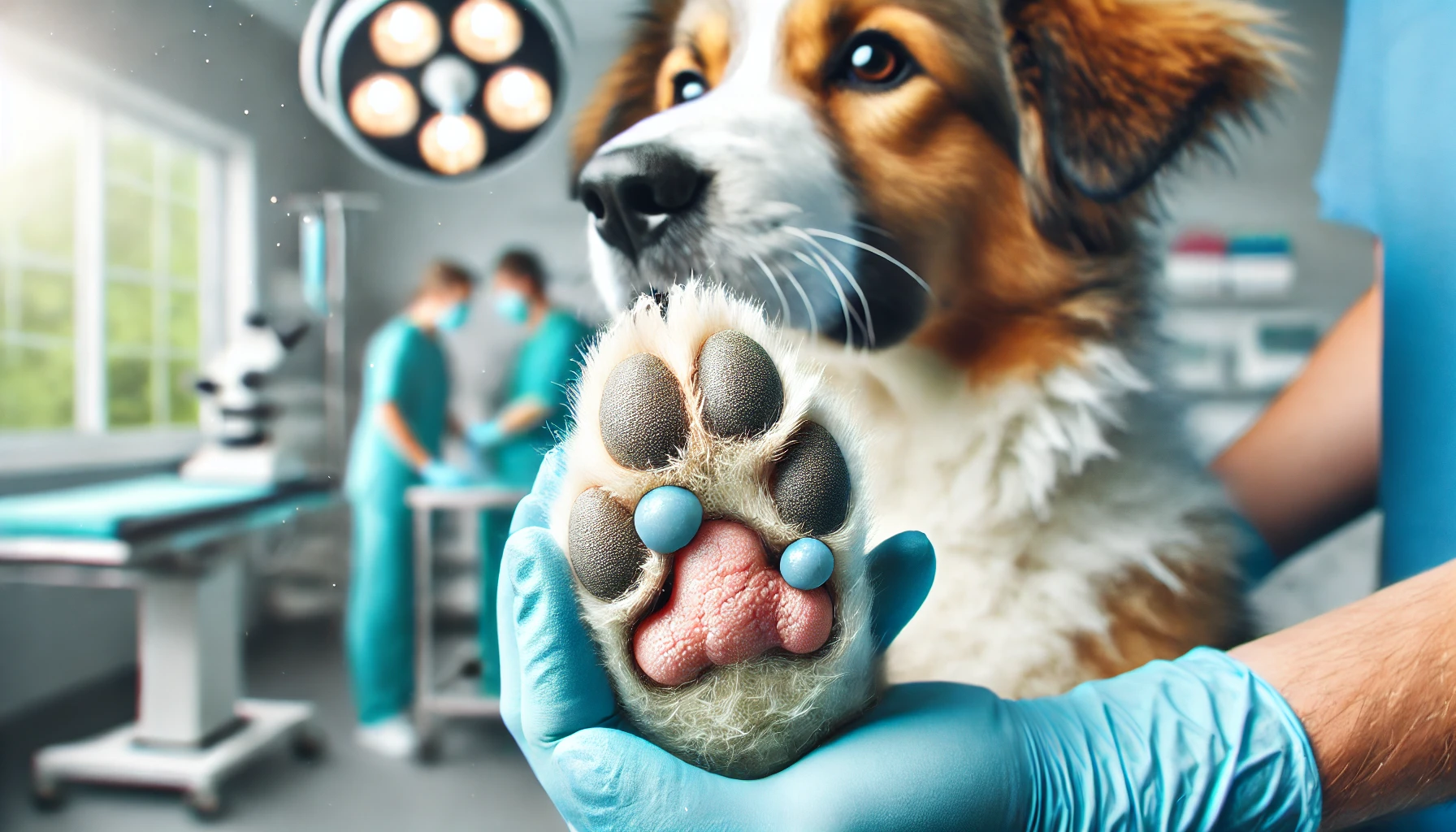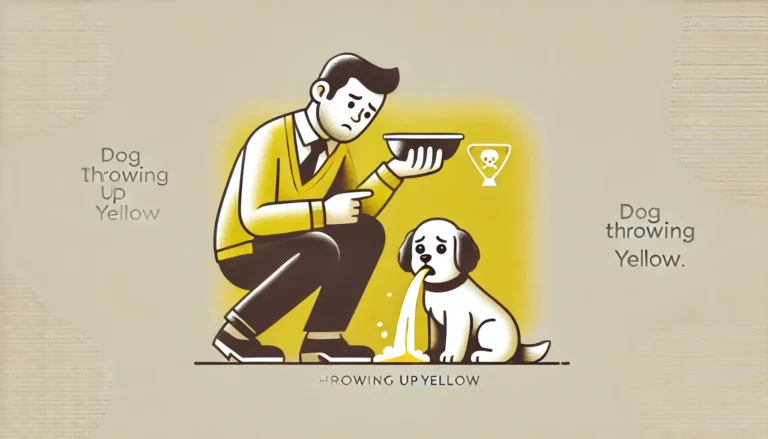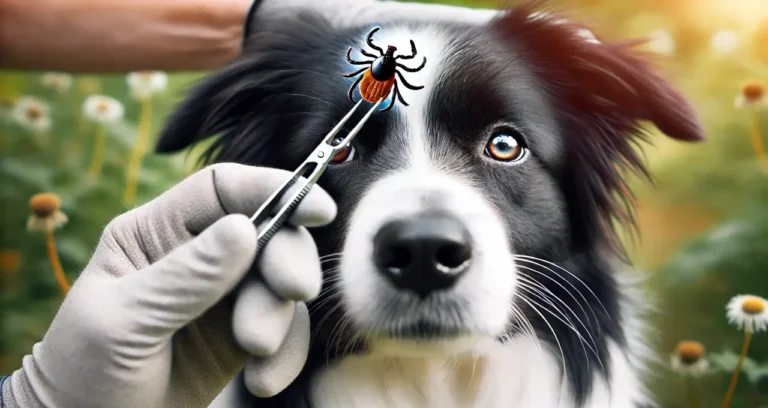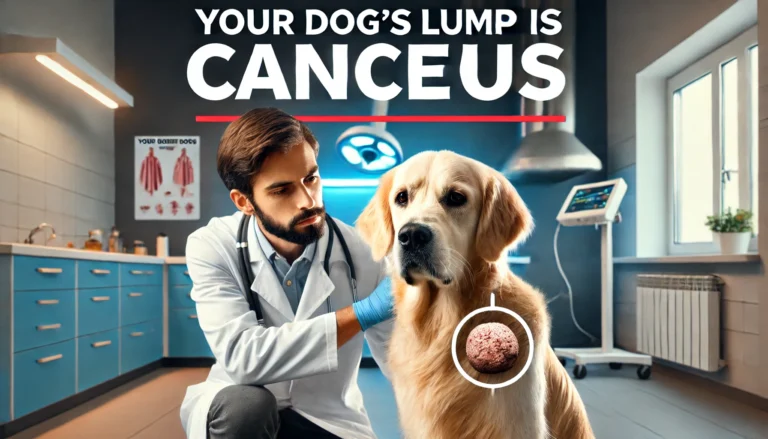Interdigital Cysts on Dogs

Interdigital Cysts on Dogs
YES ! Interdigital cysts on dogs are a common condition, especially in breeds prone to paw issues. These fluid-filled lumps, which typically appear between the toes, can cause significant discomfort and, in some cases, lead to infections if left untreated. In this comprehensive guide, we’ll explore the causes, symptoms, diagnosis, treatment options, and prevention strategies for Interdigital cysts on dogs. If your dog is experiencing swollen paws, sores, or unusual bumps between their toes, this article will help you understand what may be happening and how to manage it.
Types of Interdigital cysts on dogs
There are several types of cysts on dogs’ paws, ranging from sebaceous cysts toInterdigital cysts on dogs furuncles. Understanding the type of cyst your dog has is essential for choosing the right treatment.
1. Infected Interdigital Cysts
Infected cysts on dogs usually appear red, swollen, and may ooze pus. If your dog has a cyst between its toes that is tender to touch or leaking fluid, it may be infected. Dog cyst treatment should focus on cleaning the wound, managing the infection, and reducing inflammation.
Symptoms of Infected Interdigital Cysts:
- Redness, swelling, and pus
- Discomfort or limping
- Excessive licking or chewing of the paw
2. Non-Infected Interdigital Cysts
Non-infected cysts may appear as clear or white bumps between a dog’s toes, with little to no discomfort. While they may not need immediate treatment, these cysts can become infected if left untreated.
Symptoms of Non-Infected Interdigital cysts on dogs:
- Small, painless bumps
- Minimal to no redness
- Occasional swelling
Causes of Interdigital cysts on dogs
Interdigital cysts can be triggered by several factors, including injuries, infections, allergies, and certain health conditions. Here are the most common causes of cysts on a dog’s paw:
1. Bacterial Infections
Bacterial infections, such as those caused by dog folliculitis cyst, are one of the leading causes of interdigital cysts. These infections can occur when bacteria enter the skin after a scratch, bite, or injury. Dogs with weakened immune systems are more prone to developing cysts from infections.
2. Allergies
Dogs suffering from allergies—whether food allergies or environmental ones—are at a higher risk of developing interdigital dermatitis dog and cysts. These allergies can cause inflammation and irritation of the skin, often leading to the formation of a dog paw cyst.
3. Foreign Bodies
Foreign objects, like small thorns or gravel, can get lodged between a dog’s toes. These can lead to irritation or an infection, resulting in an Interdigital cysts on dogs.
4. Trauma or Injury
A dog has cut between toes or a bump on dog paw from rough play can lead to the formation of a cyst. Trauma to the paw pad may cause irritation, leading to an abscess on dog foot or a cyst on dog’s foot.
5. Underlying Health Issues
Certain health issues like autoimmune diseases, canine cysts rupture, or fungal infections may make dogs more susceptible to developing Interdigital cysts on dogs. Sebaceous cyst dogs pictures often show cysts that are linked to overactive sebaceous glands.
6. Breed-Specific Predispositions
Some breeds, such as Labradors, Basset Hounds, and Poodles, are more likely to develop cysts between their toes. This is often due to their paw structure or activity level.
Symptoms of Interdigital Cysts in Dogs
If your dog has an interdigital cyst, you may notice a few telltale signs. Symptoms can range from mild discomfort to severe pain, especially if the cyst becomes infected.
Common Symptoms:
- Red bump on top of dog paw treatment: Redness and swelling between the toes.
- Dog has sore between toes: Pain when touching the cyst.
- Bump on dog paw between toes: Formation of a visible bump or blister.
- Dog licking red bump on paw: Excessive licking or chewing at the affected area.
- Abscess on dog foot: Drainage of pus or blood from the cyst.
- Swollen dog paw between toes: Swelling and inflammation around the cyst.
Diagnosis of Interdigital Cysts in Dogs
To accurately diagnose an interdigital cyst dog, a veterinarian will conduct a thorough examination, possibly followed by a biopsy if the cyst looks suspicious for cancer. The diagnosis may include:
1. Physical Exam
A vet will check for visible bumps or dog paw growth between pads and evaluate the overall health of your dog’s paws.
2. Culture or Biopsy
If an infection is suspected, the vet might take a sample of the fluid from the cyst or a dog cyst drain to identify the bacteria involved.
3. X-rays
If the cyst appears to be associated with a deeper infection or bone issue, an X-ray may be needed to rule out other problems.

Treatment of Interdigital Cysts in Dogs
The treatment of an interdigital cyst largely depends on whether it’s infected or not. For infected cysts, it’s crucial to treat the underlying infection to prevent complications.
1. Home Care and Hygiene
You can start by cleaning the cyst area with a mild antiseptic solution. For example, using a diluted hydrogen peroxide or betadine solution may help keep the area clean.
2. Medications
- Antibiotics: If the cyst is infected, your vet may prescribe oral antibiotics to treat the bacterial infection.
- Steroid Creams: For less severe cases, steroid creams or ointments may reduce inflammation and prevent infection.
3. Surgical Removal
In some cases, particularly if the cyst is large or recurrent, surgery may be necessary. A cyst on dog paw can be surgically drained or excised to prevent it from returning.
4. Drainage
If a dog cyst popped or is abscessed, the vet may need to drain it to remove the pus and prevent further infection.
Title
Cats can safely eat shrimp if it’s given as an occasional treat and prepared properly. In this comprehensive guide, we will explore the safety, benefits, and potential risks of feeding shrimp to cats, providing you with all the necessary information to make an informed decision and to solve all your queries related to can cats eat shrimp.
Prevention of Interdigital Cysts in Dogs
Preventing interdigital cysts involves managing factors that cause or aggravate them. Here are some tips to help avoid future cysts:
1. Regular Paw Checks
Inspect your dog’s paws regularly for any signs of bump on dogs paw or cuts between their toes. Early detection can help you treat the issue before it becomes an infection.
2. Keep Paws Clean and Dry
Ensure that your dog’s paws are kept dry and clean, particularly if your dog enjoys outdoor activities. Moisture can lead to infections that cause cysts.
3. Address Allergies
If your dog has allergies, managing them with appropriate medication can reduce the likelihood of developing interdigital dermatitis in dogs, which can lead to cysts.
4. Proper Grooming
Regular grooming, including trimming the hair between your dog’s toes, can help prevent debris buildup and the formation of cysts.
Conclusion
Interdigital cysts on dogs are not only uncomfortable for your pet but can also lead to more serious health concerns if ignored. By recognizing the symptoms and seeking early treatment, you can help your dog avoid unnecessary pain and complications. Regular vet check-ups and maintaining good paw hygiene are key to preventing cysts from recurring.
If you notice any of the symptoms mentioned, such as a red bump on dog paw or swelling between dogs toes, contact your vet for a professional diagnosis and treatment plan.
How do you treat an interdigital cyst on a dog?
Treating an Interdigital cysts on dogs typically involves a combination of medical intervention and home care, depending on the severity of the condition. The first step is always a proper diagnosis by a veterinarian, who may prescribe antibiotics if an infection is present or corticosteroids to reduce inflammation. Regular cleaning of the affected area is crucial. The vet might also recommend soaking the dog’s paw in a warm Epsom salt solution to help alleviate the pain and draw out any pus. In more severe cases, surgical intervention might be necessary to remove the cyst.
Can interdigital cysts go away on their own?
Interdigital cysts on dogs can sometimes resolve without medical intervention, especially if they are not severe and are primarily caused by temporary irritation. However, even if a cyst appears to go away on its own, it’s important to monitor the dog closely for any signs of recurrence or worsening. These cysts often recur if the underlying cause, such as allergies or pododermatitis, is not addressed. Regular cleaning and maintaining good paw hygiene can help prevent cysts from developing. However, if a cyst is persistent, keeps growing, or is causing significant discomfort to the dog, it is crucial to seek veterinary care to prevent complications and address any underlying health issues.
How can I treat my dog’s cyst at home?
For home treatment of your dog’s cyst, maintaining cleanliness is key. Regularly wash the affected area with mild soap and warm water, then dry it thoroughly. You can also use a warm compress or soak the paw in an Epsom salt solution to help reduce inflammation and draw out any pus. This should be done several times a day, especially after your dog has been outside. Keeping the cyst covered with a clean, dry bandage can protect it from further irritation. However, home remedies should be used in conjunction with professional veterinary advice to ensure they are appropriate for your dog’s specific condition. Avoid squeezing or attempting to pop the cyst, as this can lead to further infection or complications.
Does Epsom salt help Interdigital cysts on dogs ?
Epsom salt can be beneficial for treating Interdigital cysts on dogs as it helps to reduce swelling and draw out pus from the affected areas. Soaking the dog’s paw in a solution of warm water and Epsom salt can provide relief from pain and help accelerate the healing process. The warm soak can also promote blood flow to the paw, which aids in healing and helps to flush out any infection. It’s important to ensure that the solution is not too hot and that the paw is thoroughly rinsed and dried after soaking to prevent irritation. While Epsom salt can be a helpful part of home treatment, it should not replace professional veterinary care, especially if the cyst is severe or does not improve with home remedies.
Does Epsom salt remove pus?
Epsom salt can aid in drawing out pus from infections, including Interdigital cysts on dogs. When used in a warm soak, it helps to soften the skin and open pores, which can encourage the drainage of pus and other fluids from cysts and abscesses. This can reduce pressure and pain, promoting faster healing. However, Epsom salt is not a cure-all and should be used as part of a broader treatment plan prescribed by a veterinarian. After soaking, it’s crucial to keep the area clean and dry to prevent further infection. If the cyst continues to produce pus or shows signs of infection such as redness, swelling, or heat, professional veterinary treatment is necessary.
Does apple cider vinegar help with cysts?
Apple cider vinegar is often touted for its potential health benefits, including antibacterial and anti-inflammatory properties. Some people use it as a home remedy for various skin conditions, including cysts. However, its effectiveness for treating Interdigital cysts on dogs is not well-documented, and it should be used with caution. Apple cider vinegar can be irritating to the skin, especially if not diluted properly. If used, it should be applied in a diluted form to avoid causing more irritation to the cyst. Before trying apple cider vinegar or any home remedy, it’s best to consult with a veterinarian to ensure it’s safe for your dog’s specific skin condition.
What is the fastest way to shrink a cyst?
The fastest way to shrink a cyst is through medical intervention. Depending on the type and location of the cyst, options may include aspiration, where fluid is drained from the cyst, or surgical removal. These procedures are typically quick and effective but must be performed by a healthcare professional to minimize risk and ensure proper healing. For cysts caused by infections, antibiotics or other medications may be necessary to address the underlying infection and reduce the cyst’s size. While home remedies and self-care can support these treatments, they are not substitutes for professional medical advice and intervention.
What antibiotic cream is good for cysts?
Antibiotic creams can be effective in treating cysts that are infected or at risk of infection. Mupirocin is a commonly used antibiotic cream for skin infections and can be prescribed by a veterinarian for use on a dog’s cyst. This cream works by killing bacteria or preventing their growth, which can help reduce the size of the cyst and prevent further infection. It’s important to apply the cream as directed and only use antibiotic creams that are prescribed by a professional to avoid antibiotic resistance and ensure the medication is appropriate for the specific type of infection and the animal being treated.
What foods shrink cysts?
While no specific foods have been scientifically proven to shrink cysts, maintaining a healthy and balanced diet can support overall health and aid the body in managing or preventing cysts. Foods rich in antioxidants, such as fruits and vegetables, can help strengthen the immune system. Omega-3 fatty acids, found in fish and flax seeds, are known for their anti-inflammatory properties and could potentially help reduce inflammation associated with cysts. However, diet alone is unlikely to shrink cysts significantly, especially without addressing underlying conditions. It’s always a good idea to consult with a healthcare provider or a veterinarian to determine the best dietary and medical approaches for managing cysts.






